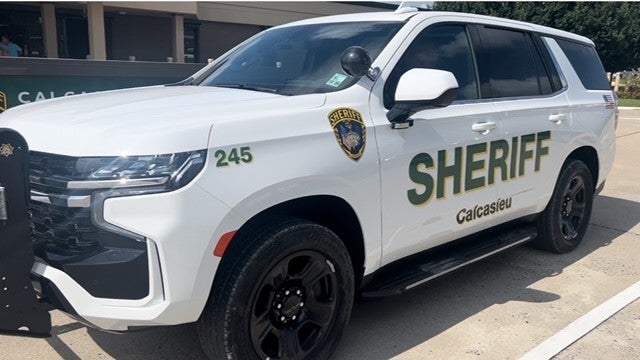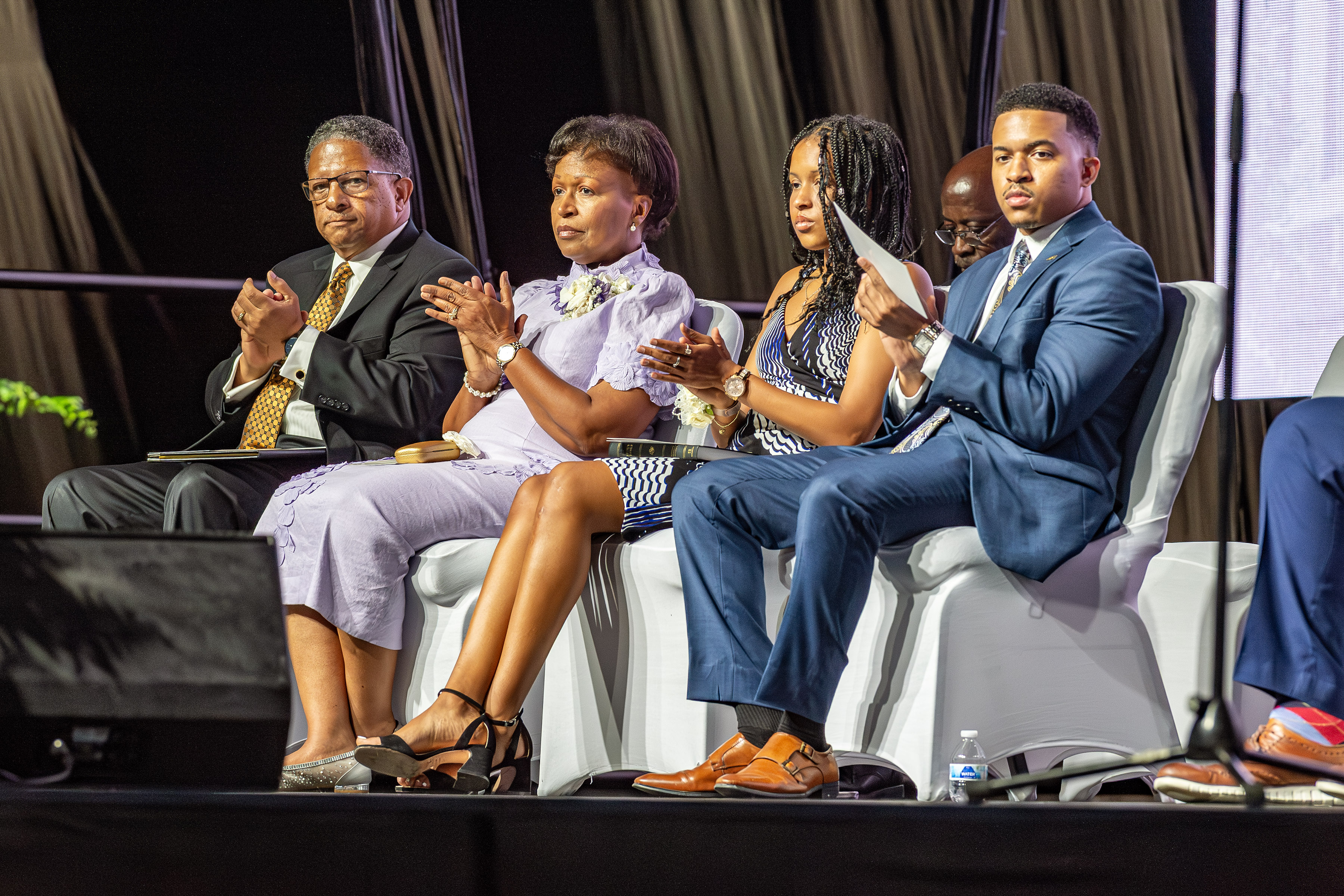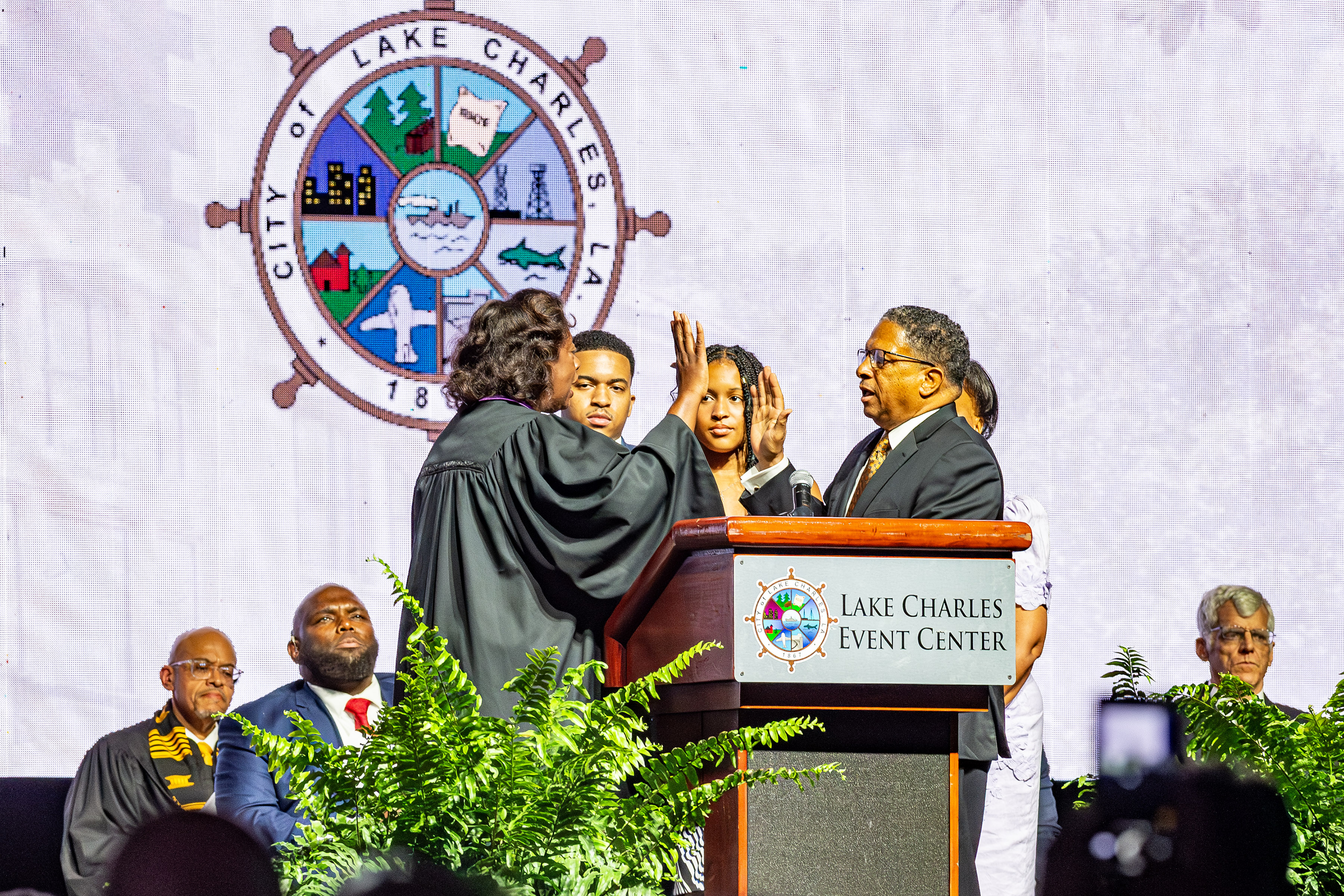BC-US-SCI-Space-Station, 2nd Ld-Writethru
Published 5:00 am Wednesday, July 22, 2020
By The Associated Press
CAPE CANAVERAL, Fla. — Astronauts squeezed in one last spacewalk Tuesday before turning their attention to the all-important end to SpaceX’s first crew flight.
Making their fourth and final spacewalk in under a month, NASA’s Bob Behnken and Chris Cassidy whipped through a variety of maintenance tasks outside the International Space Station.
Instead of swapping batteries, they routed cables, hooked up a tool storage chest and removed thermal shielding from a docking port that will house a commercial airlock later this year.
Behnken had to scrape away a shiny metallic blob — some sort of debris — from the round rim of the port. This port is the future home of a domed airlock provided by the Houston-based company Nanoracks to release satellites and experiments into open space.
SpaceX will launch this first-ever commercial airlock this fall.
It was the 10th spacewalk in each astronaut’s career, tying the U.S. record set by previous space station residents. Tuesday’s 51⁄2-hour outing put Behnken’s total time out in the vacuum of space at 61 hours and Cassidy’s at nearly 55 hours.
“It’s a little more comfortable on the 10th one than the first one,” said Cassidy. “The view’s always amazing, though.”
In less than two weeks, Behnken and Doug Hurley, who monitored the spacewalk from inside, will depart the orbiting complex in the same SpaceX Dragon crew capsule in which they arrived at the end of May.
SpaceX is aiming for a splashdown off the Florida coast in August — the first splashdown for astronauts in 45 years.
Weather permitting, the Dragon capsule will parachute into the Gulf of Mexico off the Florida Panhandle.
NASA Administrator Jim Bridenstine said once Tuesday’s spacewalk is finished, the astronauts are “going to be focused like a laser on coming home.”
Bridenstine said the SpaceX test flight has gone exceedingly well so far. “And I’m knocking on wood because it is not over until Bob and Doug are home,” he said at a Space Foundation panel discussion Monday
The first-stage booster used to launch Behnken and Hurley on May 30 blasted off for a second time Monday from Cape Canaveral. It landed on a floating platform in the Atlantic after hoisting a satellite for South Korea’s military, to be used again for another flight.
Cassidy and two Russians will remain aboard the orbiting lab until October.





